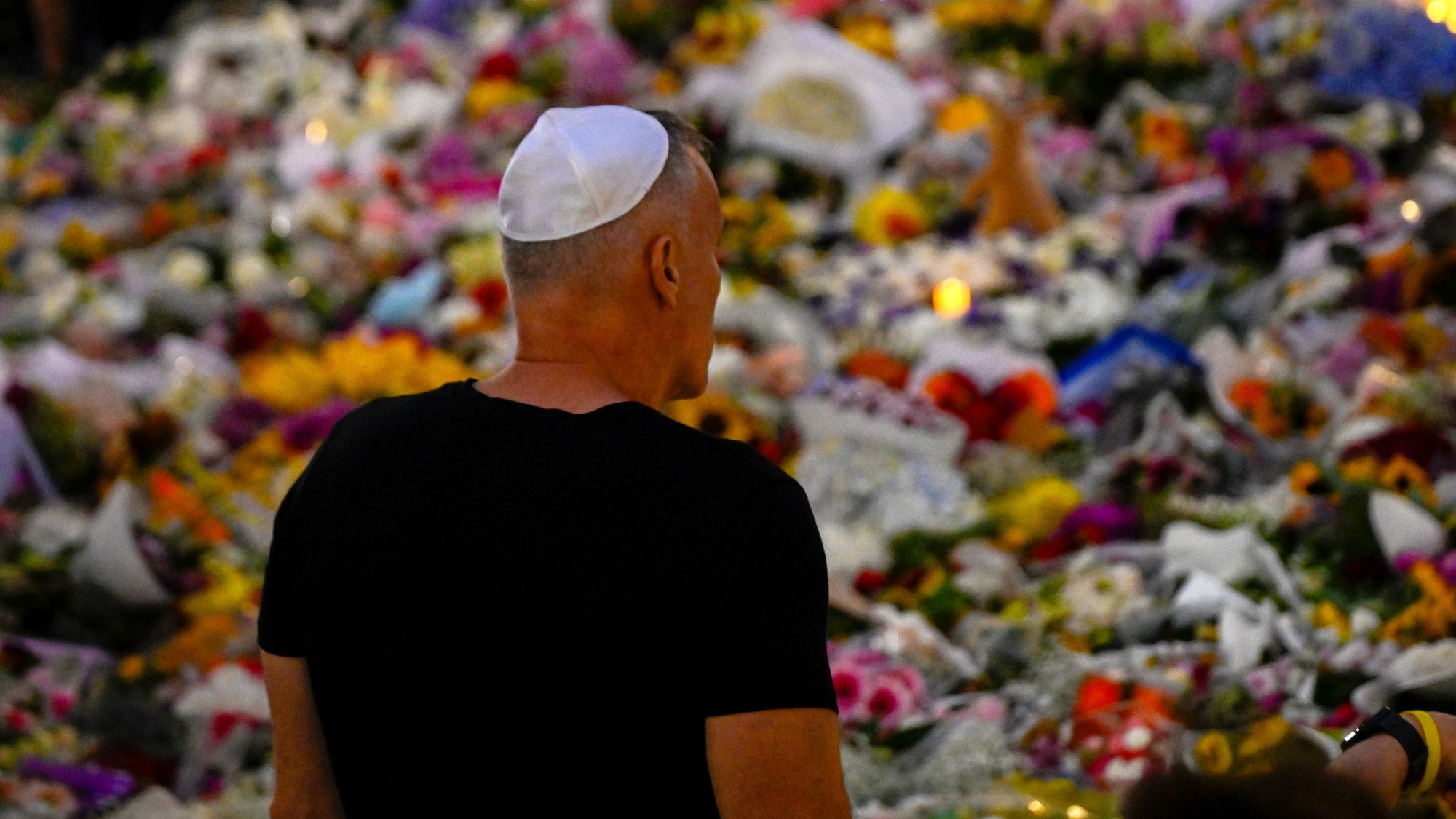Webb telescope in position beyond the moon, will begin transmitting images this summer

The James Webb Space Telescope arrived at its intended position beyond the moon Monday and is now prepared to peer across far-flung galaxies and into the depths of time, CNN reported.
After the Webb telescope reached its destination, known as L2, NASA Administrator Bill Nelson released a statement thanking his team "for all of their hard work ensuring Webb's safe arrival" and expressing his eagerness to "see Webb's first new views of the universe this summer!"
According to The Washington Post, L2 refers to the second of five "Lagrange points" produced by the Earth-sun orbital relationship. At L2, located about one million miles from Earth, "the tricky overlap of gravity from the sun and Earth and centrifugal forces from its orbit will allow the telescope to maintain its position relative to the orbiting Earth almost — but not quite — effortlessly."
The Week
Escape your echo chamber. Get the facts behind the news, plus analysis from multiple perspectives.

Sign up for The Week's Free Newsletters
From our morning news briefing to a weekly Good News Newsletter, get the best of The Week delivered directly to your inbox.
From our morning news briefing to a weekly Good News Newsletter, get the best of The Week delivered directly to your inbox.
The telescope — a joint project of NASA, the European Space Agency, and the Canadian Space Agency — took off from French Guiana on Christmas morning.
Though only roughly the size of a tennis court, the telescope is designed to detect light that was emitted as little as 100 million years after the Big Bang. So far, the oldest galaxy astronomers have observed using the 100-times-weaker Hubble Telescope dates to around 400 million years after the Big Bang.
The Webb telescope also has the ability to look much closer to home. Scientists say they plan to use the telescope to study the atmospheres of exoplanets, which lie outside our solar system and have yet to be studied extensively.
The space agencies began work on the telescope — named for James E. Webb, the NASA administrator who oversaw the beginnings of the Apollo program — in 1996. It cost over $10 billion.
A free daily email with the biggest news stories of the day – and the best features from TheWeek.com
Grayson Quay was the weekend editor at TheWeek.com. His writing has also been published in National Review, the Pittsburgh Post-Gazette, Modern Age, The American Conservative, The Spectator World, and other outlets. Grayson earned his M.A. from Georgetown University in 2019.
-
 Who is fuelling the flames of antisemitism in Australia?
Who is fuelling the flames of antisemitism in Australia?Today’s Big Question Deadly Bondi Beach attack the result of ‘permissive environment’ where warning signs were ‘too often left unchecked’
-
 Bulgaria is the latest government to fall amid mass protests
Bulgaria is the latest government to fall amid mass protestsThe Explainer The country’s prime minister resigned as part of the fallout
-
 Codeword: December 15, 2025
Codeword: December 15, 2025The daily codeword puzzle from The Week
-
 Blue Origin launches Mars probes in NASA debut
Blue Origin launches Mars probes in NASA debutSpeed Read The New Glenn rocket is carrying small twin spacecraft toward Mars as part of NASA’s Escapade mission
-
 ‘The Big Crunch’: why science is divided over the future of the universe
‘The Big Crunch’: why science is divided over the future of the universeThe Explainer New study upends the prevailing theory about dark matter and says it is weakening
-
 Dinosaurs were thriving before asteroid, study finds
Dinosaurs were thriving before asteroid, study findsSpeed Read The dinosaurs would not have gone extinct if not for the asteroid
-
 The moon is rusting
The moon is rustingUnder the radar The Earth is likely to blame
-
 Panspermia: the theory that life was sent to Earth by aliens
Panspermia: the theory that life was sent to Earth by aliensUnder The Radar New findings have resurfaced an old, controversial idea
-
 Africa could become the next frontier for space programs
Africa could become the next frontier for space programsThe Explainer China and the US are both working on space applications for Africa
-
 SpaceX breaks Starship losing streak in 10th test
SpaceX breaks Starship losing streak in 10th testspeed read The Starship rocket's test flight was largely successful, deploying eight dummy satellites during its hour in space
-
 Hurricanes are not exclusive to Earth. They can happen in space.
Hurricanes are not exclusive to Earth. They can happen in space.Under the radar These storms may cause navigational problems
